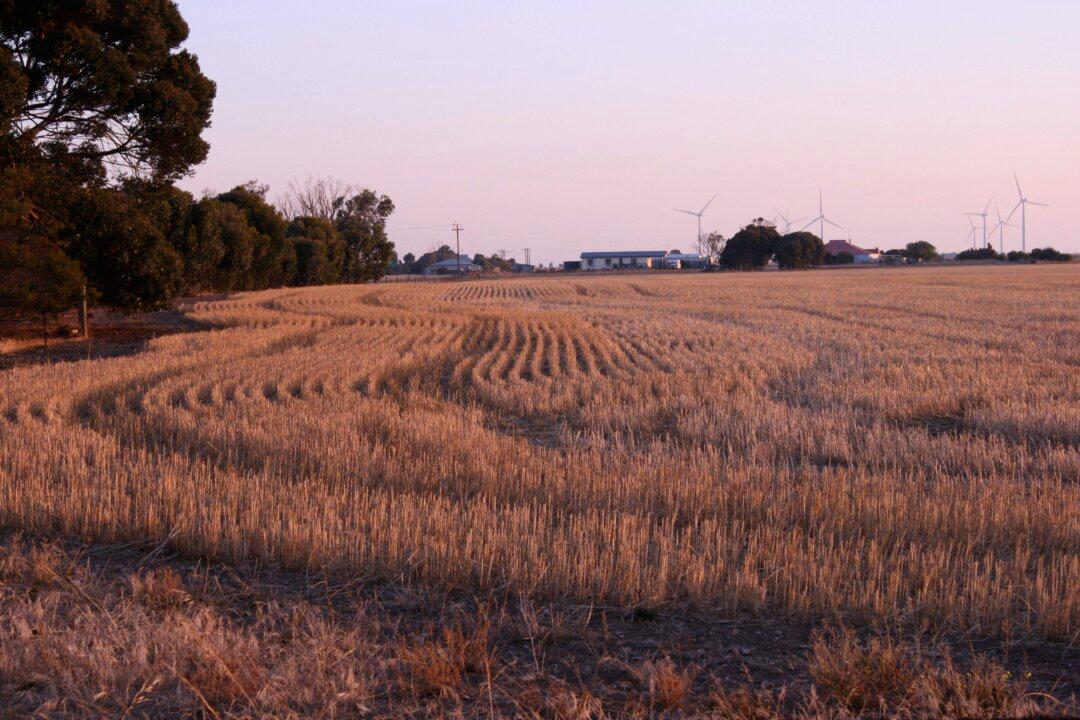Fungicides, chemical dyes, fixers, stain resistors and fire retardants make up the toxic cocktail present in the clothes we buy. These unnatural additives to the textiles are poisonous to both us and to the environment; there is little information on the label to warn us about the effects of exposure.
Once cotton is harvested, it begins its first incarnation in the textile factory, where it may or may not be blended with synthetics, nylon or polyester. In the process of its manufacture it is often treated with chemicals, which make the item more appealing to the buyer, such as an anti-wrinkle treatment or deodorising agents. These additives allow the piece of clothing to look and hang better on the rack in order to catch the eye of the consumer. Synthetic plasticisers offer ease of wear, making the item feel softer and wrinkle free. However, these man-made chemicals could be affecting our health in ways we are not yet aware of.
Chemicals in Our Clothes, and All Around
Since the industrial revolution, dangerous chemicals have been part of our life. We begin to be exposed to them from the time we are in the womb, so isolating the source of the chemical causing us harm can be a difficult task. This is one of the reasons why there is not strict legislation in place to ban the use of such chemicals in the clothing industry. We are thus hard pressed proving that the poison which is causing us damage is found only in our clothes.
Author of Chemical Free Kids, Dr Lantz brings light to the sheer amount of new chemicals created each year for our ever-expanding industrial needs that we are either directly or indirectly exposed to. In her blog, Dr Lantz writes: “Over 80,000 chemicals are now registered for use in Australia (40,000 industrial chemicals) and accessed via everyday consumer products ranging from foods and food packaging, clothing, building materials, water, cleaning products, personal care products. Yet 75 per cent of these have never been tested for their toxicity on the human body or the environment.”
In the textile industry, formaldehyde is used as a pre-shrinking treatment and to fix dyes and pigments. Some other poisons commonly used are Phthalates, which are also toxic and widely used for softening textiles. Lead interferes with the developing nervous systems of children and lowers IQ, yet it is used to stabilise colour pigments in PVC. Cadmium also stabilises pigments and it has been classified as carcinogenic or cancer forming by the US department of Health and Human Services (USDHHS 2000 and IARC 1994).
Babies and Children’s Wear
We would never knowingly allow our young ones to be exposed to poisonous chemicals found in our laundry cupboard and around the home, yet children’s clothing is a culprit for hidden dangerous chemicals. Another worrying factor involved is that children are more susceptible than adults to toxic exposure because of thinner, more permeable skin, as well as having a less developed detoxification system.
When a pyjama tag states that the garment is “fire resistant”, we may feel more at ease as we think we are making a safer choice. Fire-resistant however, means it has been treated with fire-retardant chemicals such as chlorine, bromine and phosphate based compounds. Fire retardants, like all fabric finishes, are absorbed into the body either through the skin or breathed in through the gas they give off.
A Safer Alternative
A good alternative to buying “fire-resistant” chemical treated pyjamas is buying snug fitting body suits for children under nine months old. The tighter fitting clothing will not pose as much as a threat when a fire is present, as looser fitting garments are more likely to catch fire. This is a recommendation made by the US consumer product safety commission in 1997.
Another solution is to look for natural fibre clothes made from organic cotton, wool, bamboo, nettle and hemp. Ecological clothing such as these, are not chemically treated during the growing of the crop or in the manufacture of the fabric. Having the ‘Organic’ label does make them more expensive because they are niche market and are up against a perilously tough market of super-cheap clothing, made by cheap labour. However, they will have a long life if treated well and washed according to the makers’ recommendations. Hemp and bamboo are especially tough and hard wearing, yet are surprisingly soft to the touch.
Another tip is to wash new clothes a few times before wearing to reduce any chemical and pesticide residue still imbedded in the cotton. The “wash before wear” appearing on the tag is a warning that the item contains chemicals which could irritate the skin, so it’s best to heed this warning, especially for children.
Buying second hand clothes from the local opp shop is another way of reducing the amount of chemicals in the clothes as they are well worn and have been washed many times, making them a safer, cheaper option and decreasing our carbon footprint on our earth at the same time.






